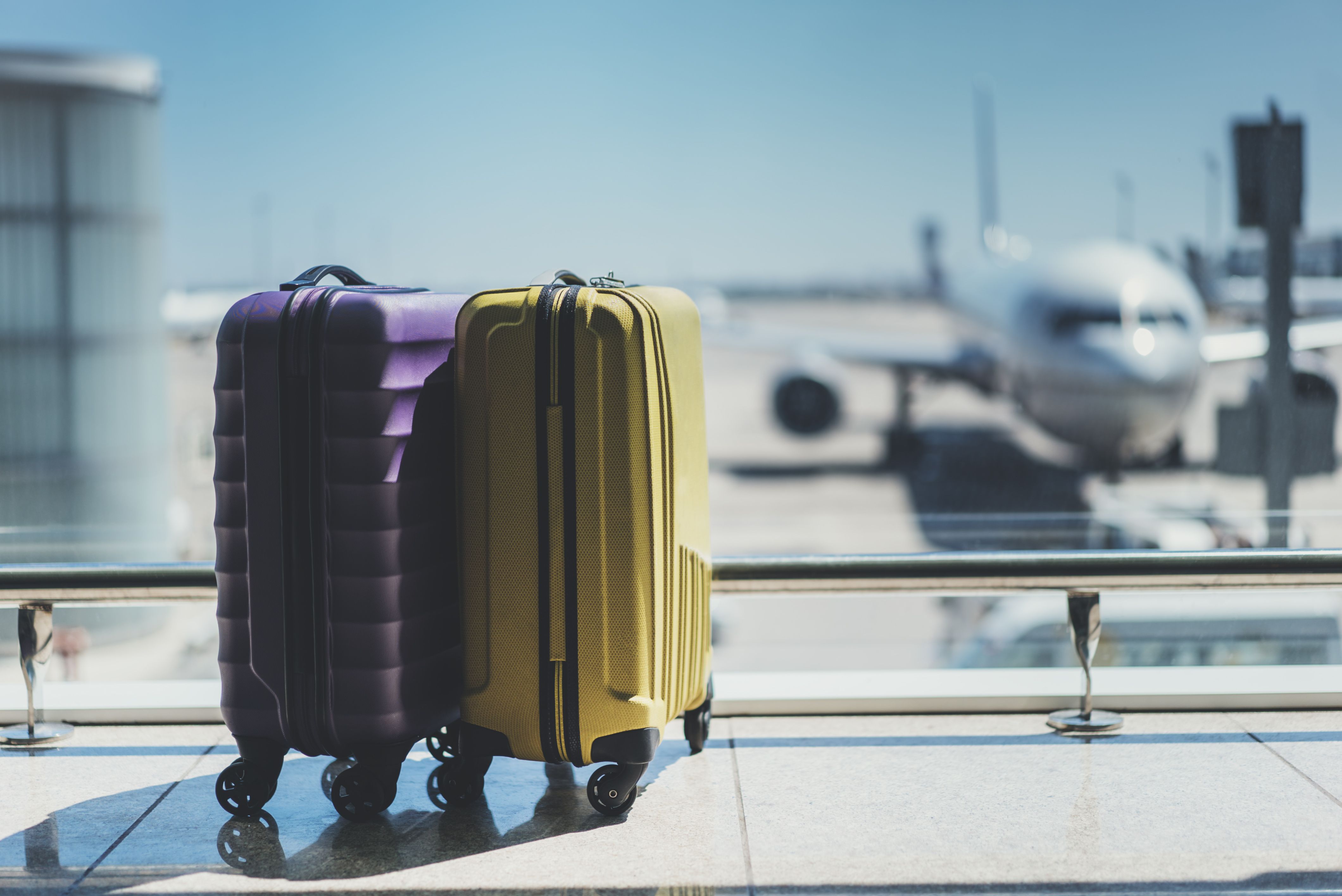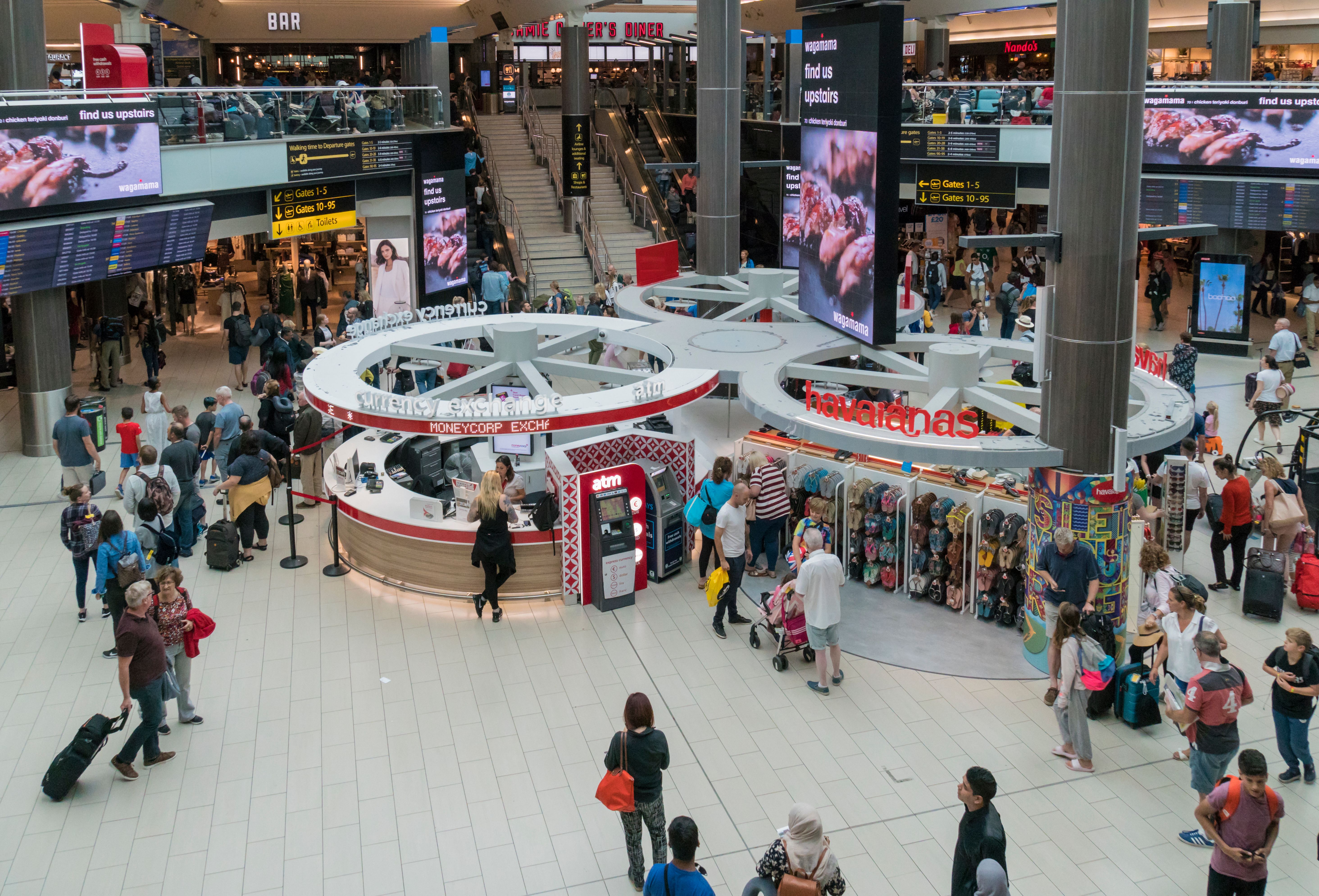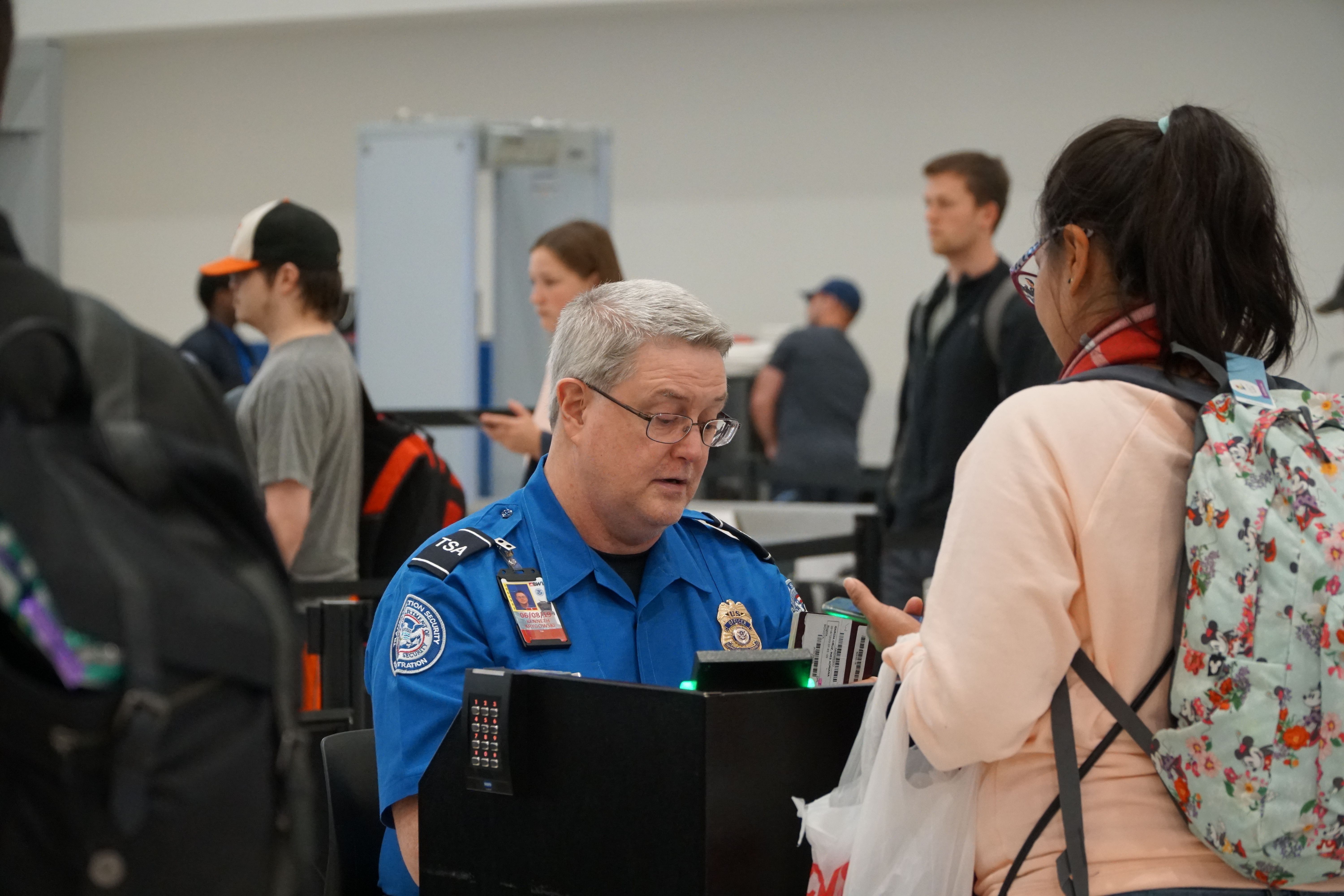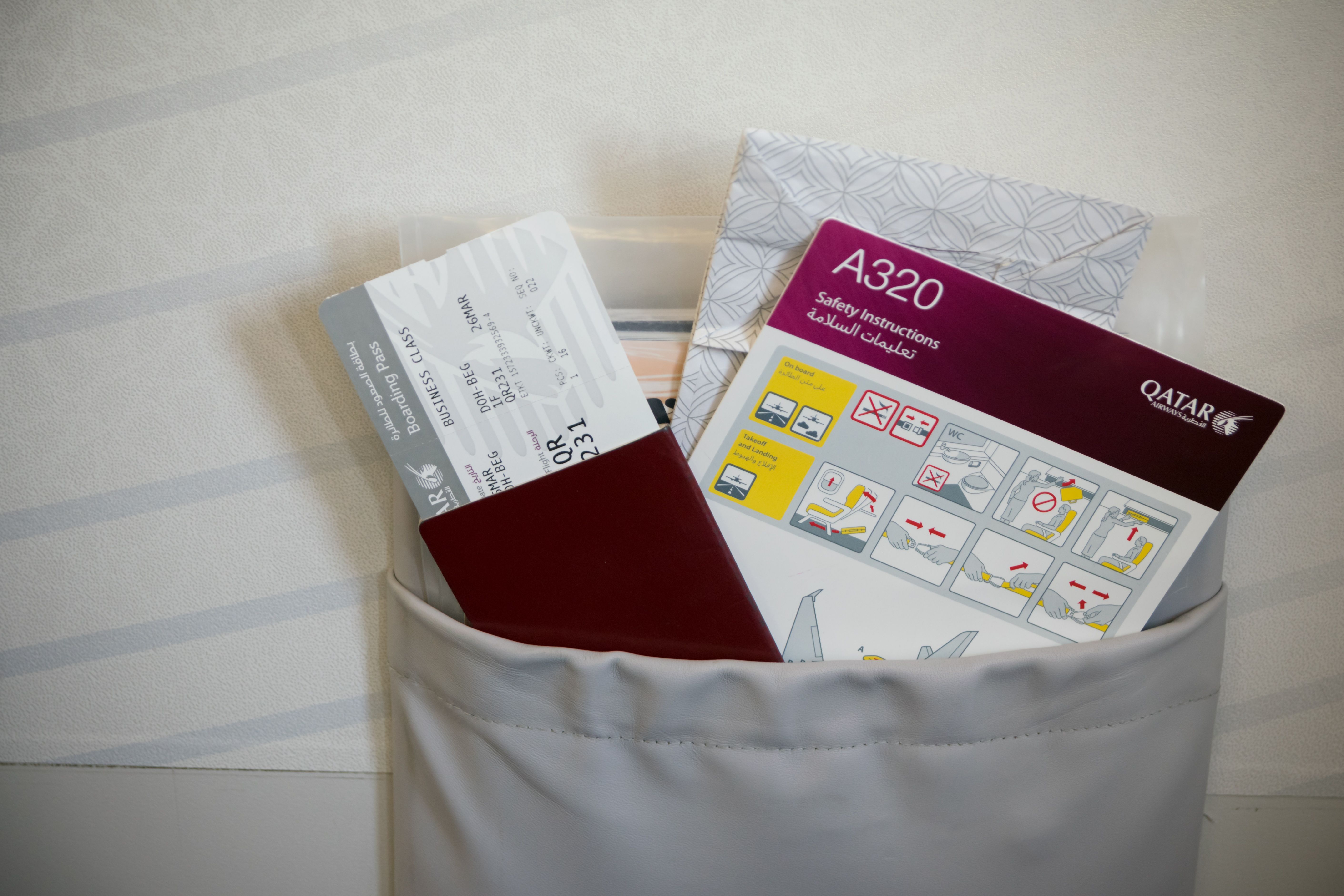After a long (and often) stressful journey of ensuring you’ve packed everything you need, getting to the airport on time, finding the right gate, and making sure all ground arrangements at your destination are in place, all you want to do is board your flight and enjoy a smooth trip. But what happens when, only after you’ve blissfully disembarked, collected your bags, and departed the airport, you realize you’ve left something on the aircraft or at the airport?
If lost, please return to…
If you’ve ever left something on a plane or at the airport, you’re not alone. Each year, tens of thousands of personal belongings, including glasses, headphones, and even passports are often forgotten as passengers rush to disembark a flight and head off from the airport.
Valuable items, such as passports, are often reunited with their owners soon after a crew member or airport staff notices it has been left behind. Announcements will be made, paging for the passenger to collect their item at the airport’s lost and found counter. For example, London Gatwick Airport estimates that around 85% of valuable lost items are reunited with their owners each year. Lower-value items, including books, see a 30 to 40% return rate.
Airports across the continents face similar issues...
Unfortunately, food and drink (including alcohol in unsealed containers), medication, false teeth, stationery, baby products, and credit cards that are not in a wallet, purse, or bag are some types of items that may not be kept or logged.
Get the latest aviation news straight to your inbox: Sign up for our newsletters today.
Calling once, calling twice
So long as you have your boarding pass and know your seat number, your lost item should be easily tracked down. However, issues might arise if you only notice that you’ve misplaced an item long after you’ve left the airport.
Different airlines and airports have varying policies when it comes to lost items. Typically, airlines will pass the items over to the lost and found department at the arrival airport. The item will be kept for a 90-day holding period, after which it will be donated to charity or a place for sale – in some cases, the item will be destroyed if unclaimed after the holding period. The United States Transportation Security Administration (TSA) keeps unclaimed items for a minimum of 30 days.
The responsibility lies with the passengers to reach out to the airport or airline to track down a missing item. A report will need to be filed by the passenger as airlines tend not to take proactive duty in such situations – and it's not their fault, given the high volume of items left behind by passengers.
We'd love to see you on Instagram - follow us here!
Avoid the stress
Tracking down a forgotten belonging is a tiring and trying process, no doubt. Passengers can avoid the hassle altogether by ensuring they pack up long before the flight is due to land. Having everything in one place limits the chances of a stray item being left behind either onboard or at the airport.
Tech companies across the globe have been keen to resolve lost property cases and speed up processes in recent years. For instance, Boomerang is utilizing AI to help solve lost and found cases by matching passengers with their items. Airports such as Savannah/Hilton Head International and Syracuse Hancock Airport are two sites that are currently using the company's platform.
For more tips on how to track down lost property, check out our 5-step guide! Regardless, always be sure to check the seatback pocket – a popular spot for misplaced items onboard. Also, if you take a seat anywhere at the airport, do a double-take to confirm that you haven’t left anything behind.
Have you ever left anything onboard an aircraft or at the airport? Were you able to get it back? We’d love to hear about your experience in the comment section.




